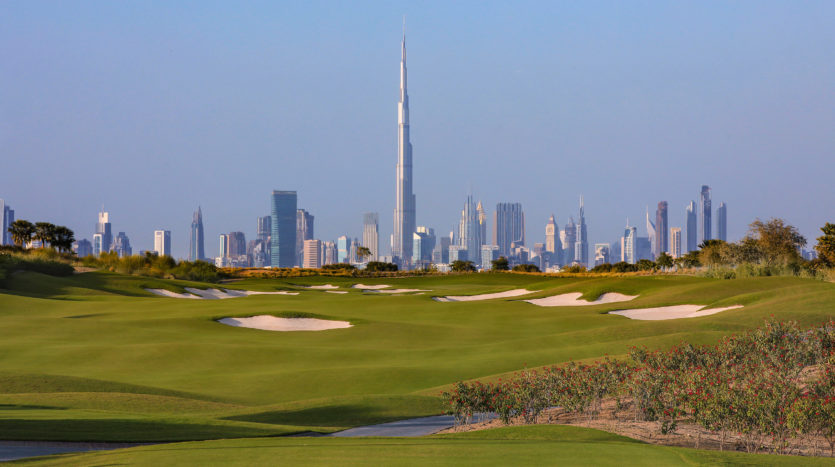Confluence of factors to spur Dubai growth | SP Investment
Will Dubai’s economy pick up in 2020? Yes, say analysts at MUFG Bank, a member of the MUFG global financial group.
They expect Dubai to witness a rebound in economic growth this year due to a confluence of factors including, stronger corporate activity, higher real estate prices and renewed business optimism.
Dubai will witness stronger corporate activity owing to faster new order growth as well as further price discounting and with it higher credit growth.
They expect higher real estate prices, albeit the sector is still in less-than-ideal territory with the outlook mired with a large wave of supply coming online.
As there is a palpable rebound business optimism surrounding future output with corporates looking to the upcoming World Expo in 2020, analysts expect the overall economic momentum to be higher, spurring real GDP growth.
The official economic outlook for Dubai foresees 3.2 per cent growth in 2020 and 3 per cent in 2021.
Growth in different sectors is projected to be 1.7 per cent for construction in 2020 compared to 1.2 per cent in 2019 while real estate is expected to achieve 3.6 per cent in 2020 as against 2.2 per cent this year. Tourism sector growth will hit 6.6 per cent next year from 3.1 per cent this year. Manufacturing, transport & logistics and financial services will grow by 3.1 per cent, 3.8 per cent and 2.7 per cent, respectively, next year.
According to Dubai Economy, major policy initiatives were introduced and contributed to bolstering domestic demand, reducing the cost of doing business, boosting SME liquidity, and supporting the tourism and real estate sectors.
“We are nevertheless cognizant of subdued headwinds, primarily driven by the weaker external backdrop and with it contagion effects on Dubai’s 3T model [trade, transport and tourism], which remain on the horizon,” said Ehsan Khoman, head of Mena research and strategy at MUFG Bank.
Indeed, despite being the most diversified economy in the region with hydrocarbons accounting only for 1.6 per cent of GDP, Dubai’s economy has been growing at its slowest pace since the financial crisis in 2009 with real GDP growth at only 2.1 per cent in first half of 2019.
As a global business and trade hub, Dubai is most susceptible to a weaker external environment. Therefore, a stronger dollar, which continues to impact demand from abroad, particularly from emerging markets, lower oil prices hampering investor confidence and a significant deterioration in the health of the global economy have all led to economic growth remaining well-below the long-run equilibrium rate of 3.5-4 per cent, according to analysts.
Regional expansion bright, too
Regional real GDP growth will also fare better in 2020 than in 2019 despite heightened geopolitical tensions on the back of a more benign global economic outlook reflecting policy clarity on US-China trade friction as well as a more positive impulse from financial conditions.
Underpinning the regional recovery will be higher regional investor sentiment and stronger regional corporate. Real GDP growth is forecast to expand by 2.7 per cent in 2020 from a near flat 0.1 per cent in 2019. “However, we caution, that the performance this year will remain below the long-term equilibrium average level of 4.2 per cent,” said MUFG analysts.
However, regional oil exporters will not experience higher oil receipts in 2020. During 2019, the oil price story was subject to a multitude of cross-currents stemming from both global macro and industry specific events, but overall bearish forces prevailed with oil prices falling on average by over 10 per cent in 2019, despite registering stronger year-on-year growth.
“We expect this bearish trend to continue in 2020, notwithstanding recent geopolitical tensions. Our forecast for one year forward Brent futures is $56.6 per barrel with a long-term anchor near the industry’s marginal cost of production and support of $55 a barrel, and persistent levels of backwardation [given low-to-normal inventories] across the curve. Given our weaker oil price assumptions, in conjunction with the latest iteration of Opec+ production cuts which restricts all Mena regional oil exporters production levels, will lead to slightly weaker energy earnings in 2020,” MUFG analysts said.














